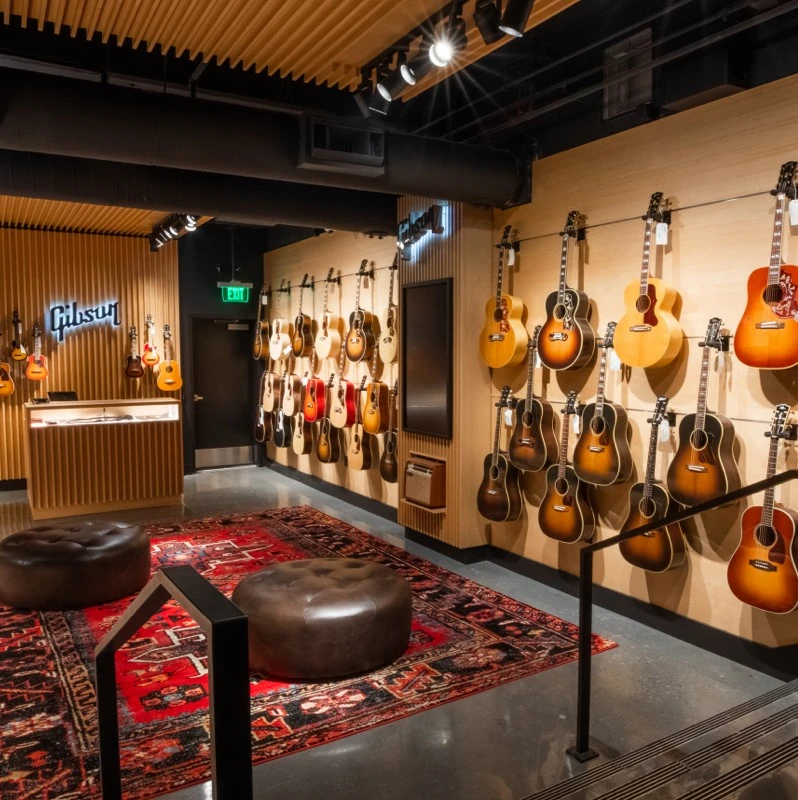This article is contributed. See the original author and article here.
With more and more customers looking to digital channels for product information, feedback, and insights, the role of the store is changing from a place that simply houses and transacts products to another integral step in building and differentiating customer experience. While this transformation has been taking place these past several years, the recent impact to in-person sales has accelerated the discussion for more retailers in what the role of the retail store will be in the future. Customer experience has been top of mind for retailers for years, but experience means different things to different people. In-store experience for a fashion retailer is dramatically different from that of a grocery store, however, this is something that each retailer has to define for their business. Microsoft sets out to help retailers bridge the gap between customer expectation and delivered experience. By utilizing the intelligent and connected tools available in Microsoft Dynamics 365, retailers can streamline the buying journey and ensure consistent and personalized customers experience across all relevant channels.
Dynamics 365 Commerce combined with Dynamics 365 Customer Insights enables retailers to streamline in-store practices and bring relevant customer data to sales agents, when and where needed, to deliver real-time personalization for customers in-store.
Transforming retail experiences to meet customer’s expectations
Mattress Firm is a great example of a retailer that has redefined their role as part of the customer sleep journey. By moving their focus from selling mattresses, to helping customers gain a better night’s sleep, it transformed their perspective on the experiences needed in store to reflect this focus.
This embed requires accepting cookies from the embed’s site to view the embed. Activate the link to accept cookies and view the embedded content.
“Customers are just asking for these elevated retail experiences, and all of these things require technology, data or both.”Jonathan Sider, CIO and COO of e-commerce, Mattress Firm.
To evolve the retail store, organizations need to deliver more robust, sensory experiences and personalized customer service. The main ways through which this can be accomplished are personalization, seamless purchasing, and expanded in-store experiences.
The value of data and personalization
Consumers today respond better to personalized experiences. In the context of brick-and-mortar retail, this means being able to connect a customer’s online activities and past purchases with an in-store team member. One means of effective personalization is to deliver customer intelligence data, such as tailored recommendations, to the point in the customer journey where this information will have the greatest impact, such as point of sale (POS) terminals in-store or to sales associate handheld devices. Automation in the retail store is about improving the customer journey while also simplifying and removing as many low-value manual processes as possible from team member responsibilities, such as inventory management, ordering, and fulfillment.
Retailers like GNC are looking to Microsoft and Dynamics 365 to help meet and exceed customer expectations at every touchpoint.

“We expect to provide our customers with a highly personalized experience tailored to their wellness journey. Whether they’re an 18-year-old high school athlete or a 70-year-old retiree, we want them to get the right message about products, programs, or deals that will appeal to them. We chose Customer Insights because with it, we have the data infrastructure to really do that right.”—Lauren Mannetti, Vice President, Marketing, GNC.
These forms of automation have rapidly become vital to providing the seamless omnichannel experience that customers demand. But, as we’ve discussed before in our Exceed customer expectations with seamless and unified commerce experiences blog post, this requires connecting data across back-end systems, which companies often overlook while focusing on their front-end process and online sales channels.
Seamless, frictionless purchasing is now an expectation
Consumers have mostly moved away from cash and now desire a fast, contactless, friction-free buying processideally without lines. For retail, this requires truly “instant checkout,” which means: Scan. Pay. Done. No lines. No hassle. No wait. The entire process occurs through the mobile point of sale application on a phone or tablet. Combining this with checkout stations and roaming team members positioned throughout the stores allows customers to bag their purchases and go on their way.
Customers like LIDS are using Dynamics 365 Commerce to get out from behind the counter and engage with customers in the isles with a user-friendly, touch-based point of sale device. With a wide variety of products and sizes, transactions are smoother when the employee can work with a customer and look up what’s in stock right from the sales floor.
“Our greatest assets are our store employees and managers, they care about the POS, and they want technology. When they walk into the store and see something that’s not a touchscreen, they kind of disconnect.”Nick Corthier, Chief Financial Officer, Lids.
Dynamics 365 also simplifies the payment experience with native integration with payment providers like Adyen, thereby enabling an easy and truly unified commerce solution for retailers.
Expanding in-store experiences
It’s up to every retailer to define what the role of their stores will be given the range and variety of retail offerings. One thing is for sure, retailers that adapt quicker are more likely to create differentiated value in the market and ultimately define what the future of their ‘retail vertical’ should look like. Technology is helping these retail leaders set the pace and standing up new models and raising the bar, especially for premium brands.
Gibson Brands is looking to lead the way in building a best-in-class retail experience for music enthusiasts. Gibson Garage, a new entertainment and retail outlet in downtown Nashville, features digitally fueled in-store experiences for customers. The Gibson Garage allows customers to see the guitar they’re buying, hear somebody play it, get excited about their purchase, and enjoy the entire music-centered hangout experience, complete with musicians and iconic gorgeous instruments. It becomes a place that musicians and music lovers alike want to gather and spend time; the way book lovers would a bookstore and caf.

“Our legacy systems were unstable, unsustainable, and not optimized for the current ways of working…They weren’t talking to each other. Dynamics 365 has brought the company to the leading edge of technology in terms of enterprise resource planning (ERP). It’s stepped up our game and unlocked so many possibilities that we’re just scratching the surface. We’re continually going through, refining processes, and unlocking different aspects of the ERP to figure out what works for us in a system.”Mallory McClain, Dealer Service Supervisor, Gibson Brands.
These are examples of combining theatre-like retail settings, personalization, and automation to create a retail sales experience that is differentiated and pushes the boundaries of what we typically think of as shopping.
What’s next?
Many companies have merged data across disparate systems to rise to the new expectations of retail as an experience. These merchants have made investments in technology to move to an integrated unified commerce solution, like Dynamics 365 Commerce.
Visit our Dynamics 365 retail page to learn how Dynamics 365 can help you deliver on your customers’ expectations by evolving your retail experiences and how Microsoft can support your business for growth.
The post The evolution of retail store into an experience center appeared first on Microsoft Dynamics 365 Blog.
Brought to you by Dr. Ware, Microsoft Office 365 Silver Partner, Charleston SC.


Recent Comments